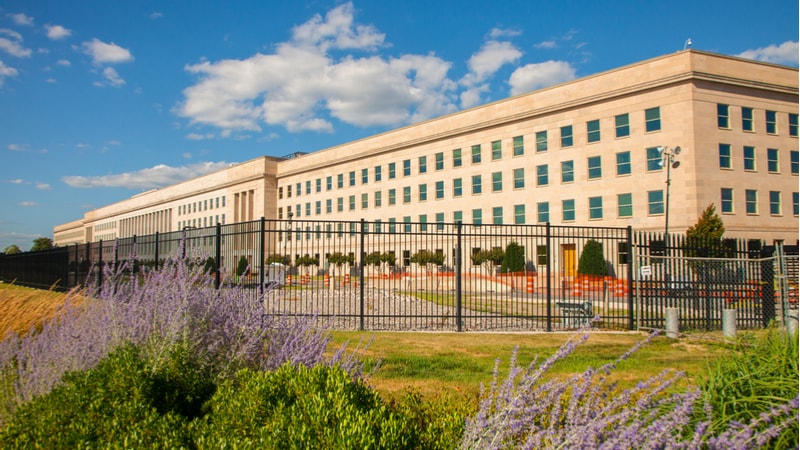
James Mazol, President Donald Trump’s nominee for deputy undersecretary of defense for research and engineering (OUSD(R&E)), told lawmakers Thursday that maintaining U.S. technological superiority over China requires a bold, future-focused strategy that places emerging technologies at the center of defense planning.
“If confirmed, I believe my most important charge will be helping the department catch up to and surpass China and other adversaries in areas where we may have fallen behind – and widen our lead where we remain ahead,” Mazol said during his confirmation hearing before the Senate Armed Services Committee.
“That is peace through strength, defined in terms of technological overmatch,” he added.
Central to Mazol’s vision is integrating artificial intelligence as a foundational technology to drive innovation, operational advantage, and long-term strategic dominance.
Mazol, who has served in the Pentagon since the start of the current administration, described AI as a defining force in modern warfare and emphasized that the Department of Defense (DOD) – which the Trump administration has rebranded as the Department of War – must stay ahead in what he called a “race for 21st-century technological supremacy.”
He stressed the importance of implementing President Trump’s AI Action Plan and turning the DOD into an “AI-first organization,” embedding AI from high-level enterprise systems down to tactical deployments in the field.
“The U.S. military forged in the white heat of the AI revolution is going to be much different than the force we have today,” he said.
Mazol also warned that the DOD “must not miss the opportunity to leverage the explosion of private capital invested into defense technology,” noting that speed in technology development and transition is essential to turning innovation into battlefield advantage.
He highlighted the need for OUSD(R&E) to continue serving as a trusted, unbiased source of technical expertise for senior defense leaders.
Additionally, Mazol explained it is critical that OUSD(R&E)’s research and development budget – more than $150 billion annually – is strategically invested and aligned with top defense priorities.
“With thousands of projects and hundreds of programs under its umbrella, OUSD(R&E) faces the complex challenge of steering this vast portfolio in the right direction,” he said.
While Mazol deferred final decisions on technology priorities to the broader strategy of the under secretary, he identified AI, hypersonics, directed energy, and biotechnology as areas of particular interest.
Emil Michael, the DOD’s chief technology officer, said he plans to release an updated and significantly condensed list of DOD’s technology priorities soon.
